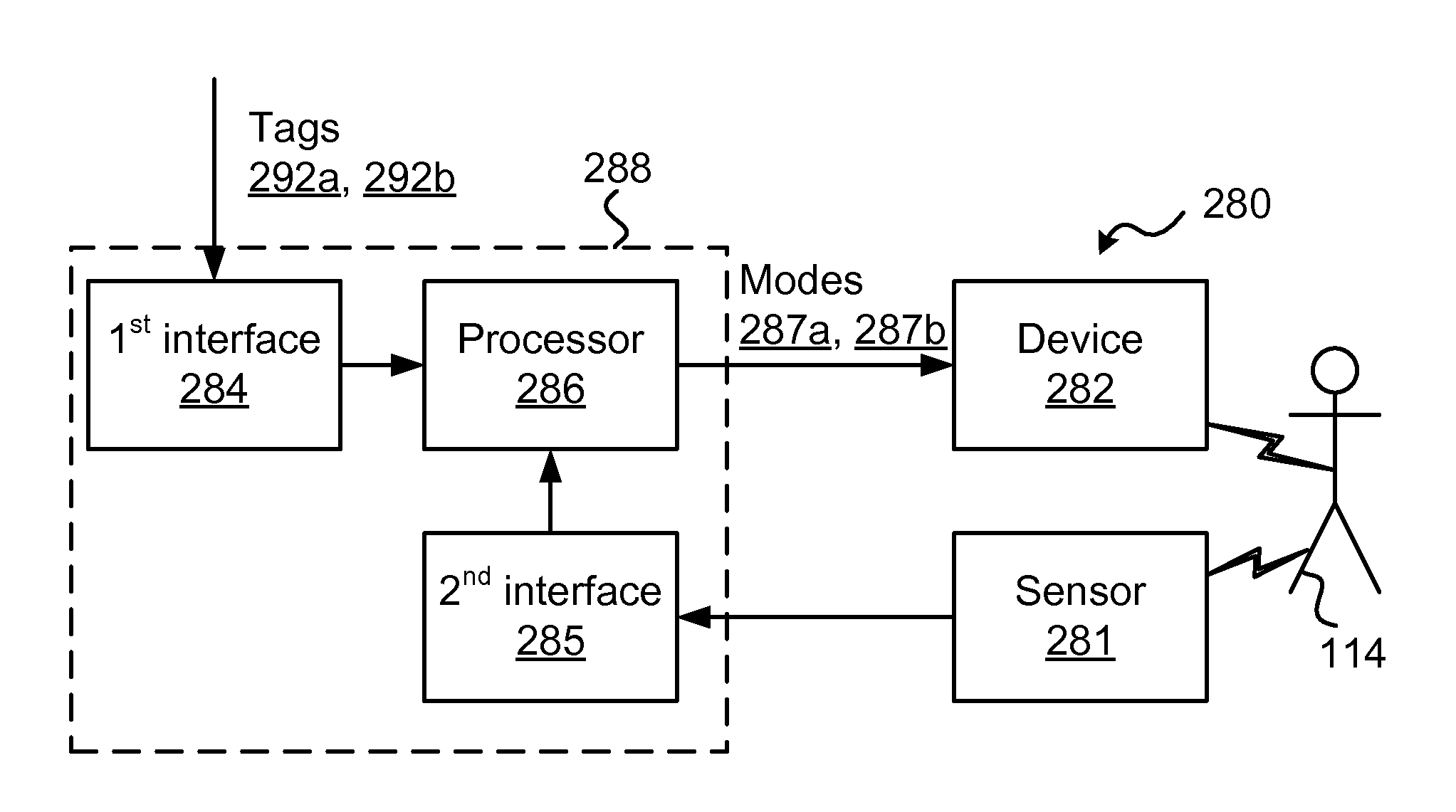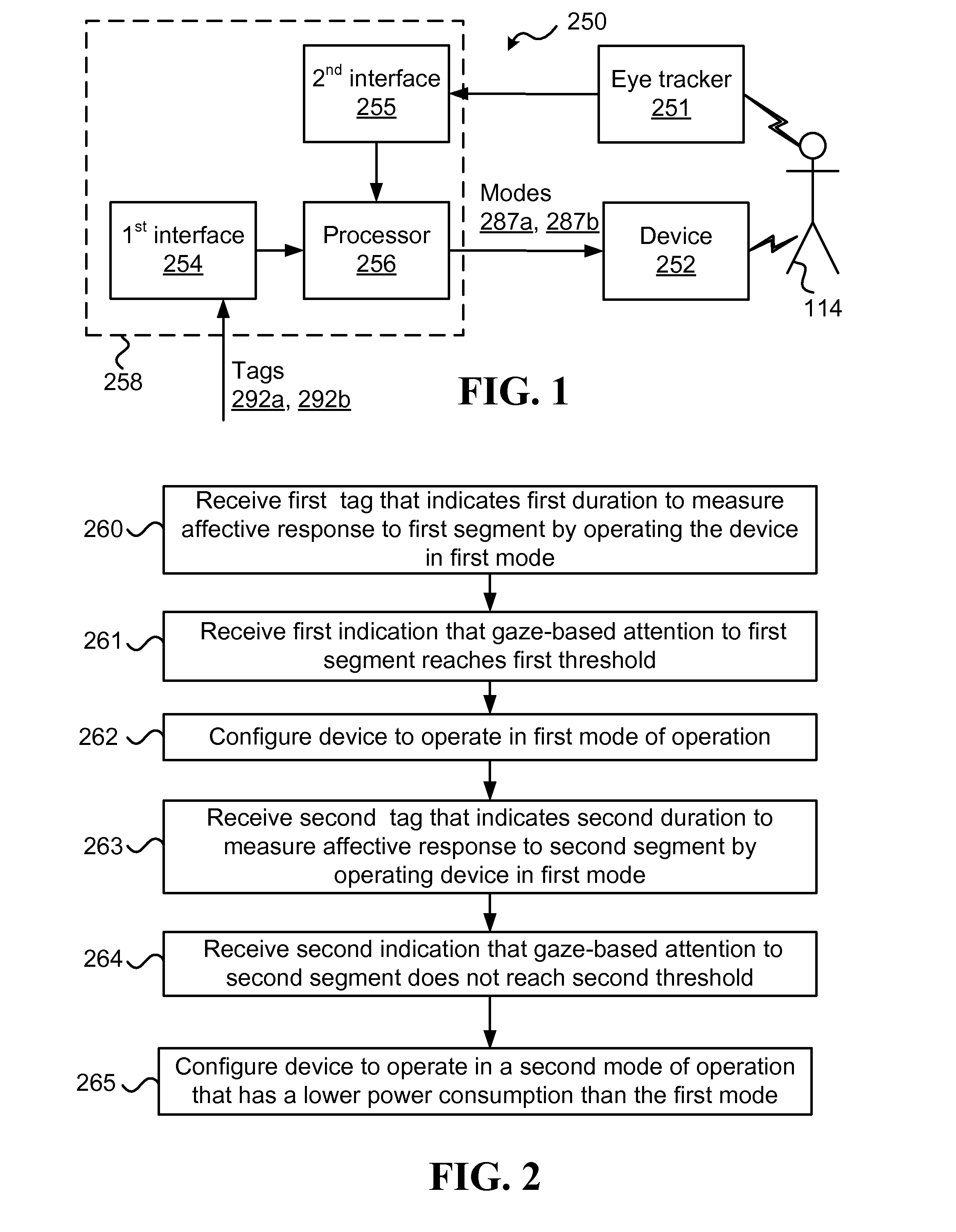Utilizing semantic analysis to determine how to measure affective response
a semantic analysis and affective response technology, applied in computing models, multi-programming arrangements, instruments, etc., can solve the problems of large amount of digital content, draining the power source of devices, and continuous measurements of users, so as to improve the user experience
- Summary
- Abstract
- Description
- Claims
- Application Information
AI Technical Summary
Benefits of technology
Problems solved by technology
Method used
Image
Examples
Embodiment Construction
[0039]Affective response measurements of a user refer to measurements of physiological signals of the user and / or behavioral measurements of the user, which may be raw measurement values and / or processed measurement values (e.g., resulting from filtration, calibration, and / or feature extraction). Measuring affective response may be done utilizing various existing, and / or yet to be invented, devices such as sensors, which can be attached to a user's body, clothing (such as gloves, shirts, helmets), implanted in the user's body, and / or be placed remotely from the user's body.
[0040]Herein, “affect” and “affective response” refer to physiological and / or behavioral manifestation of an entity's emotional state. The terms “affective response / state” and “emotional response / state” may be used herein interchangeably. However, affective response typically refers to values obtained from measurements and / or observations of an entity, while emotional responses are typically predicted from models ...
PUM
 Login to View More
Login to View More Abstract
Description
Claims
Application Information
 Login to View More
Login to View More - R&D
- Intellectual Property
- Life Sciences
- Materials
- Tech Scout
- Unparalleled Data Quality
- Higher Quality Content
- 60% Fewer Hallucinations
Browse by: Latest US Patents, China's latest patents, Technical Efficacy Thesaurus, Application Domain, Technology Topic, Popular Technical Reports.
© 2025 PatSnap. All rights reserved.Legal|Privacy policy|Modern Slavery Act Transparency Statement|Sitemap|About US| Contact US: help@patsnap.com



